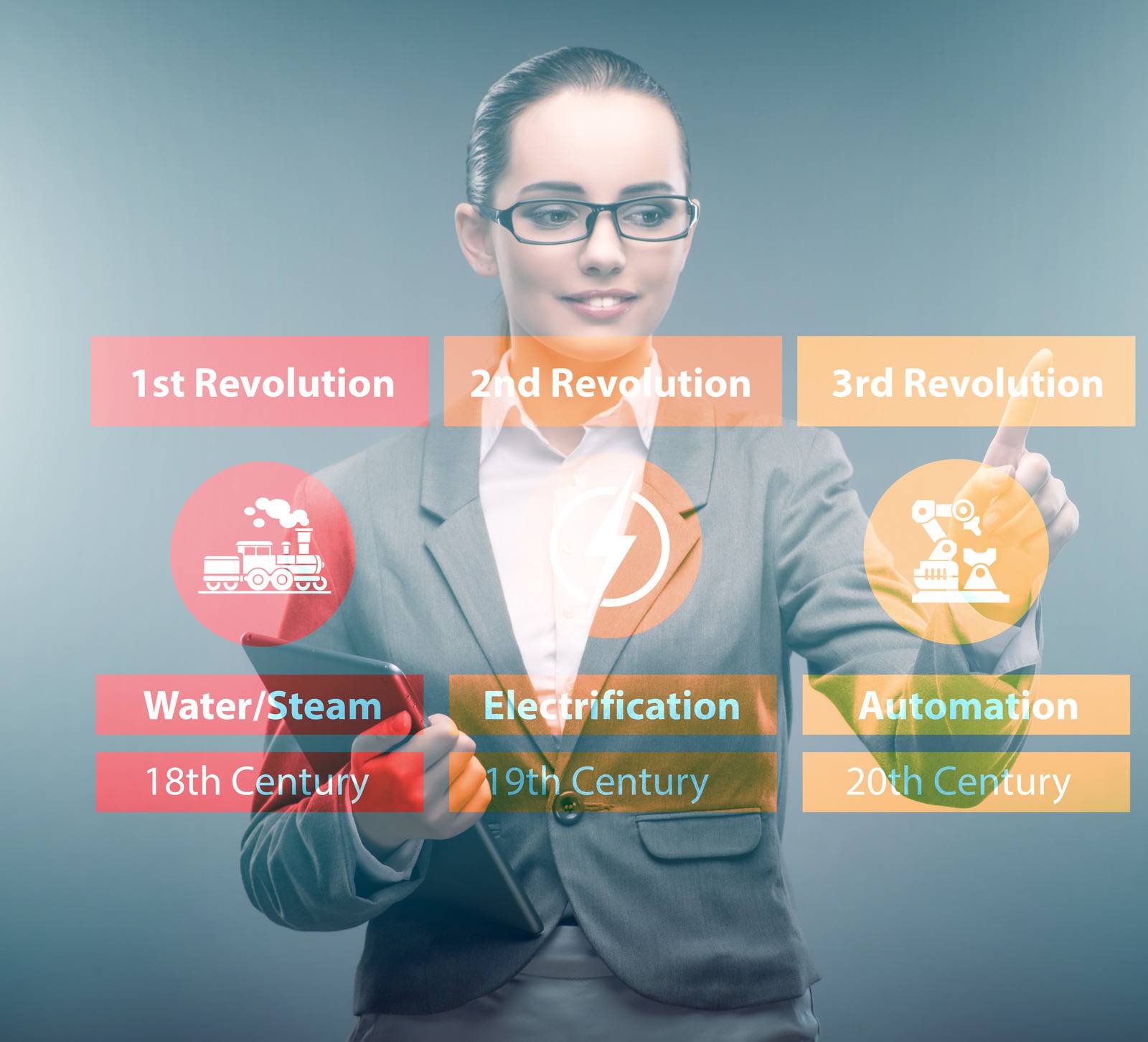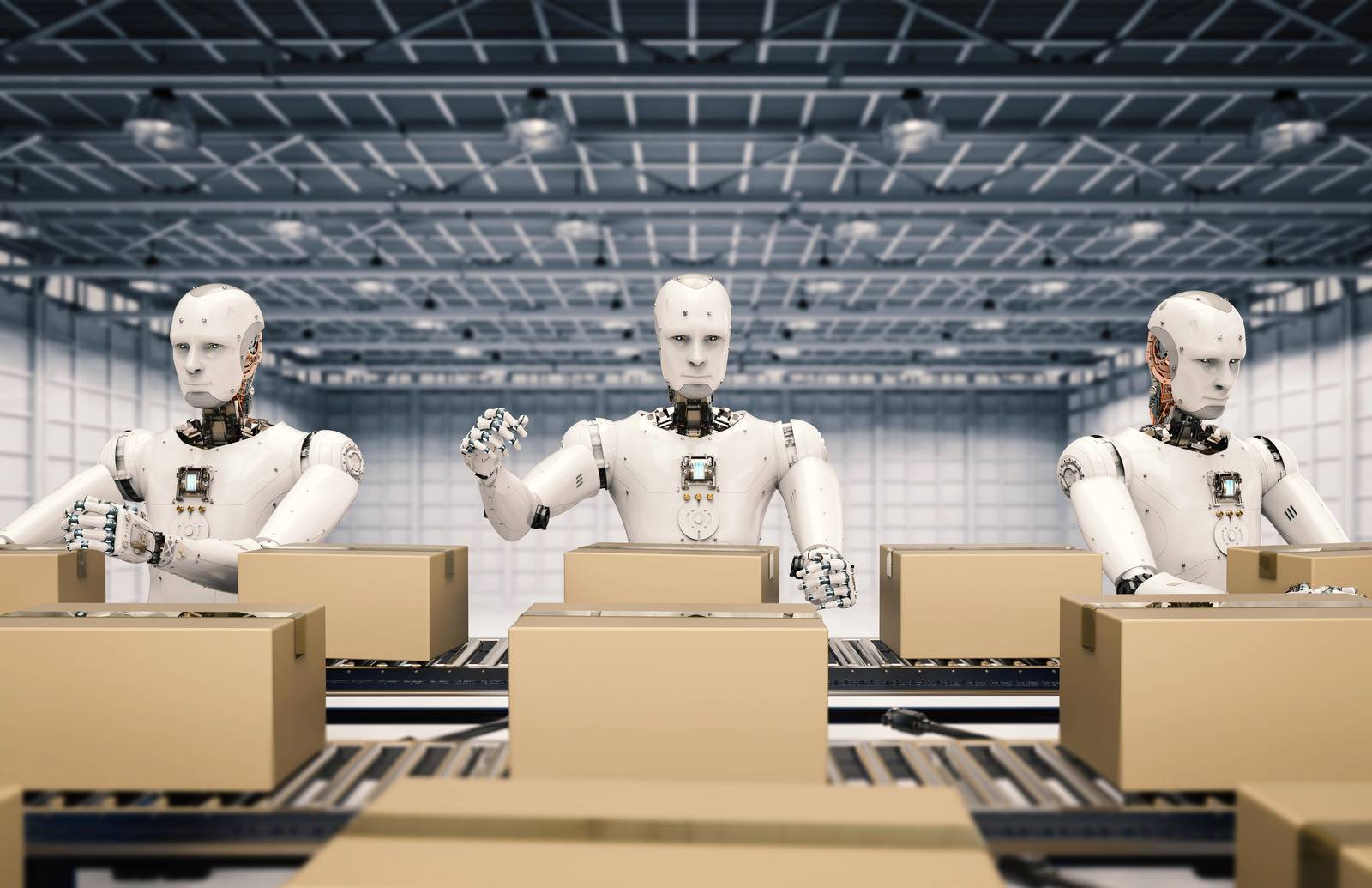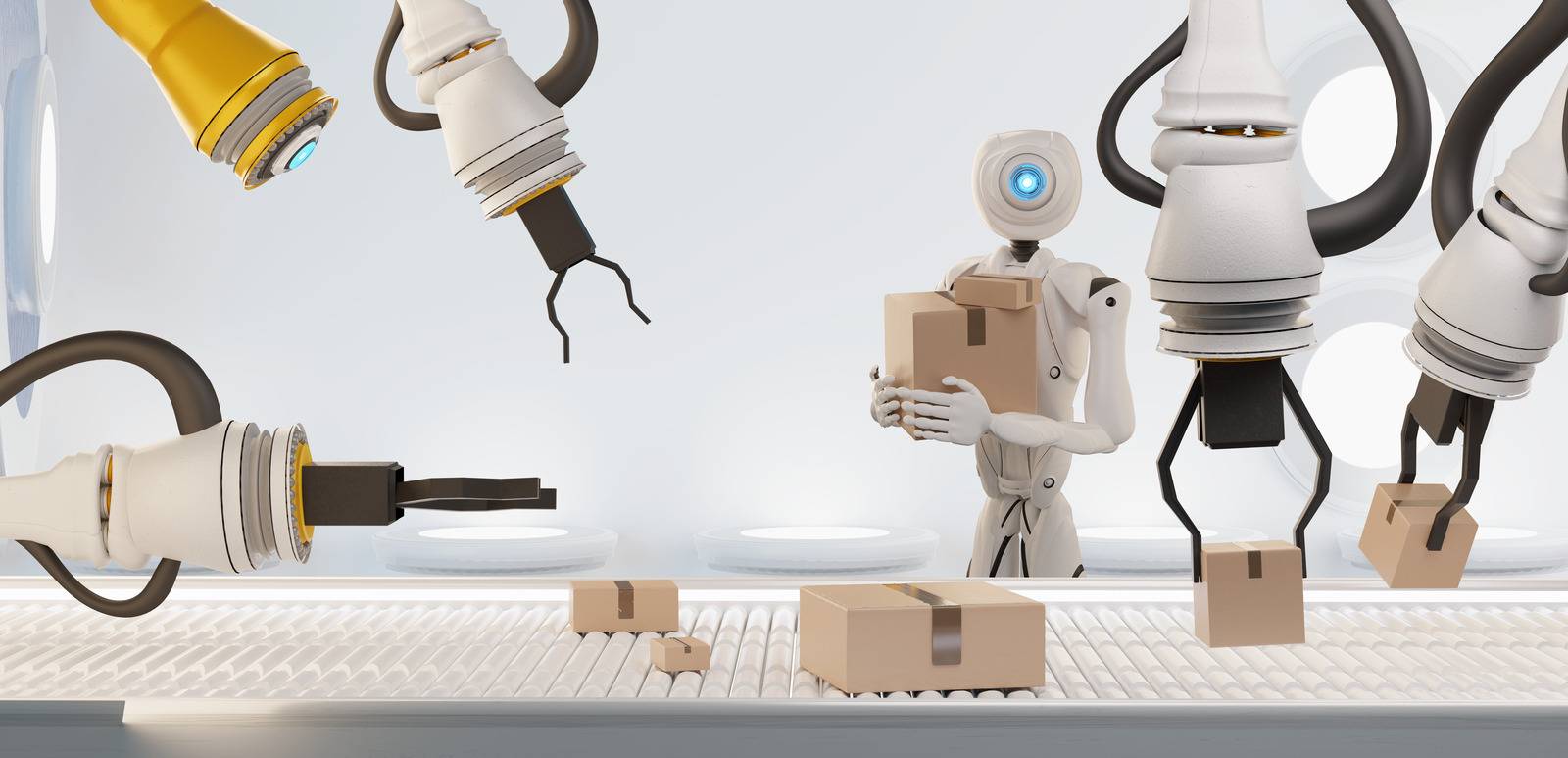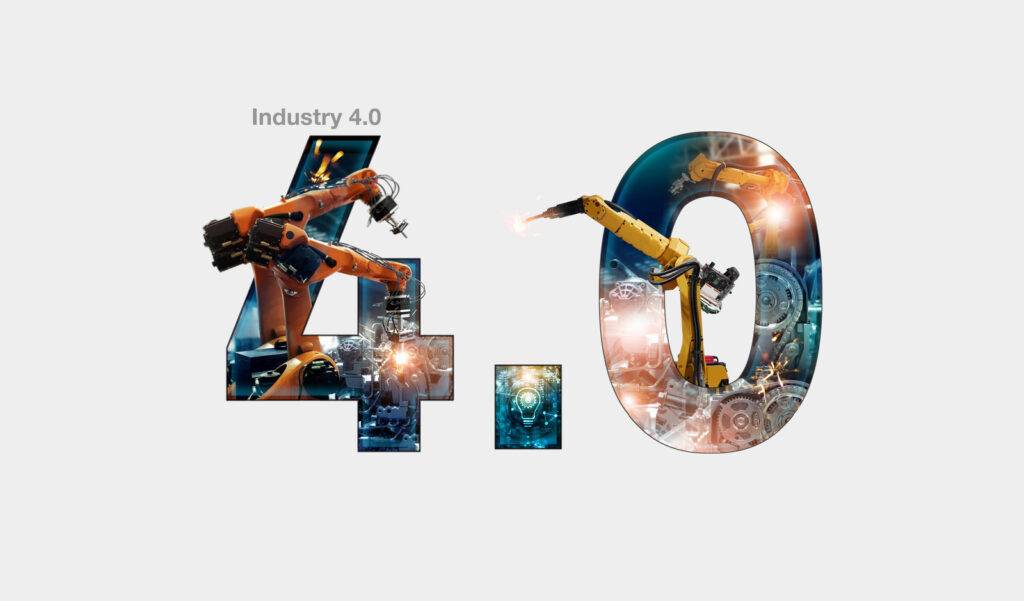The New AI Industrial Revolution
Introduction
The world is witnessing a remarkable transformation driven by artificial intelligence (AI). Dubbed the AI Industrial Revolution, this era promises to reshape industries, boost productivity, and unlock new levels of innovation.
But what exactly does this revolution entail? Why is it so significant in today’s fast-paced world? This blog post will explore the evolution of AI in various sectors, highlight the challenges and opportunities it presents, and provide actionable insights for businesses looking to harness its power.
The History of the Industrial Revolution

Before delving into the new AI Revolution, it is important to understand the history of industrial revolutions and how they have shaped our society.
- The first industrial revolution, which began in the late 18th century, saw a shift from manual labour to mechanization with inventions such as the steam engine and textile machinery.
- This was followed by the second industrial revolution in the late 19th century, characterized by mass production through assembly lines and electric power.
- The third industrial revolution, also known as the digital revolution, started in the 1950s with advancements in computing technology and automation.
- And now, we are at the cusp of the fourth industrial revolution – the AI Revolution.
The Evolution of AI Technologies in Industries 
Artificial Intelligence has come a long way since its inception. Initially, it was limited to academic research and theoretical applications. Today, AI is embedded in nearly every industry, driving unprecedented changes.
- In healthcare, Artificial Intelligence algorithms analyse patient data to predict diseases and recommend treatments.
- Manufacturing plants use AI-powered robots to streamline assembly lines, improving efficiency and reducing human error.
- In retail, AI enhances customer experiences by personalizing recommendations and optimizing supply chains.
These advancements are not just incremental; they are revolutionary, setting new benchmarks for mass production techniques, productivity and innovation.
Industries that were once slow to adopt new technologies are now at the forefront of AI implementation. For example:
- Agriculture uses AI to monitor crop health and optimize irrigation.
- Financial services employ AI technology to detect fraudulent activities and manage risks.
- Even the creative arts are leveraging AI for content generation and design.
The ripple effects are profound, impacting both macro and microeconomic landscapes.
Yet, the full potential of the AI industry is still unfolding. As technology advances, we can expect even more widespread adoption of ground breaking applications that will redefine industries and create new sectors altogether.
The world economic forum forecasts that AI will create $13 trillion in economic value by 2030, making it the most significant commercial opportunity of our time.
Challenges and Opportunities

While the Industrial Revolution of AI technology offers immense promise, it also comes with its set of challenges.
- One of the most pressing issues is data privacy. As AI deep learning systems rely heavily on data to function, ensuring that this data is collected, stored, and used ethically is crucial. Companies must implement robust data governance frameworks to protect sensitive information and comply with regulations.
- Ethical considerations also come into play. AI algorithms can sometimes exhibit biases, leading to unfair treatment or decisions. Addressing these biases requires a concerted effort from developers, regulators, and businesses to create transparent and fair AI systems.
- The future of work is another area that will be affected by the AI Industrial Revolution. As machines become more intelligent and capable, there are concerns about job displacement and the need for upskilling to keep up with changing demands. However, this also presents an opportunity for new roles in managing AI systems, creating training programs, and developing innovative solutions.
Despite these challenges, the opportunities for growth and competitive advantage are abundant. Companies that successfully integrate AI can achieve significant cost savings, improve customer satisfaction, and gain a competitive edge. The key is to approach AI adoption strategically, focusing on high-impact areas and continuously monitoring performance to make necessary adjustments.
Case Studies
Real-world examples illustrate the transformative power of AI.
- Take Amazon, for instance. The e-commerce giant uses an AI system to personalize shopping experiences, manage inventory, and even predict what products will be in demand. This has not only streamlined operations but also significantly boosted sales.
- Another example is IBM’s Watson, which has revolutionized healthcare by assisting doctors in diagnosing diseases and recommending treatments. Hospitals using Watson have reported improved patient outcomes and reduced operational costs.
- In the automotive industry, Tesla leverages AI for autonomous driving. The company’s self-driving cars collect vast amounts of data to improve their algorithms, making each trip safer and more efficient.
These case studies demonstrate that the successful integration of AI models is not a distant dream but a present reality.
The Future of AI and Jobs

One of the most debated topics surrounding AI is its impact on jobs. While there are concerns about job displacement, AI also has the potential to create new opportunities. Automation may take over repetitive tasks, but it will also generate demand for skills in AI development, data analysis, and machine learning.
The key to mitigating job displacement lies in education and training. Workers must be equipped with the skills needed to thrive in an AI-driven world. Governments, educational institutions, and businesses must collaborate to create training programs that prepare the workforce for the jobs of the future.
It’s also worth noting that AI can augment human capabilities rather than replace them. For example, in customer service, AI chatbots handle routine inquiries, freeing up human agents to tackle more complex issues. This symbiotic relationship between AI and humans can lead to more fulfilling and productive work environments.
Strategies for Businesses
For businesses looking to capitalize on the fourth Industrial Revolution, several strategies can guide their efforts.
- First and foremost, investing in high-quality data is crucial. AI systems are only as good as the data they are trained on, so ensuring data accuracy and completeness is essential.
- Talent acquisition is another critical factor. Companies need skilled professionals who understand AI and can drive its implementation. This may involve hiring data scientists, AI engineers, and machine learning experts or upskilling existing employees.
- It’s also important to start small and scale gradually. Implementing AI can be complex, so beginning with pilot projects in high-impact areas allows businesses to test the waters and learn from initial experiences.
Once these projects prove successful, they can be expanded to other parts of the organization.
AI and Smart Home technology

One area that has seen significant advancements in AI technology is smart home systems. These systems use sensors, devices, and algorithms to learn about a user’s habits and preferences and automate tasks such as adjusting thermostat settings or turning off lights when the house is unoccupied.
The potential of AI in smart homes goes beyond convenience; it can also improve energy efficiency and reduce utility costs.
With the rise of Internet of Things (IoT) devices, which are fitted with sensors to collect data, AI can analyse this data to make informed decisions about energy usage, leading to more efficient consumption patterns.
Conclusion
The AI Revolution is here, and it promises to transform industries in ways we are only beginning to understand. From healthcare to manufacturing, AI is setting new standards for productivity and innovation. While challenges like data privacy and ethical considerations must be addressed, the opportunities for growth and competitive advantage are immense.
Real-world examples demonstrate that the successful integration of AI is already happening, and the future holds even more promise. Businesses that strategically approach AI adoption will not only survive but thrive in this new era.
As we move forward, it’s crucial to focus on education and training to prepare the workforce for an AI-driven world. By investing in high-quality data, acquiring the right talent, and starting with pilot projects, businesses can harness the power of AI to drive the next industrial revolution.

